SEWAGE TREATMENT
Book plant commissioning today
OVERVIEW
You recently bought a sewage treatment plant from Tricel. We thank you for your trust. To get things done correctly, you must have your system commissioned by Tricel and book commissioning. Complete the form below to book a plant commissioning for your system.
If you have already commissioned your plant and just need to book maintenance servicing, please click here.
Thank you for choosing Tricel for your sewage treatment. You made the right choice.
Choose Quality. Choose Tricel.
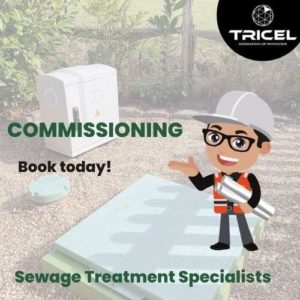
If you have any questions, feel free to call us
book YOUR plant commissioning today.
Get in touch
Tricel product range
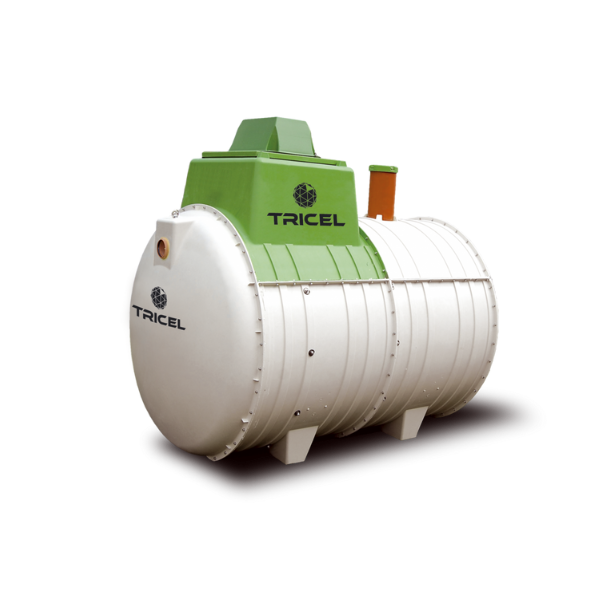
Tricel Novo Sewage Treatment Plant
Durable & long lasting SMC tank, shallow dig tank, easy installation (Plug and Play), long life components.
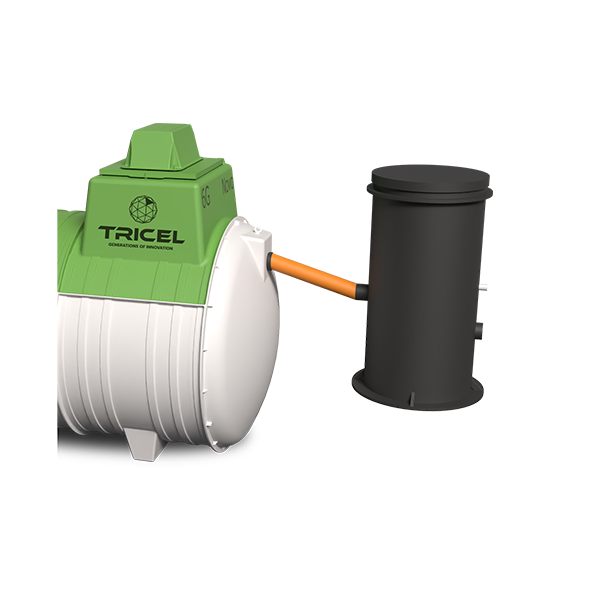
Tricel Phosphorus Removal
Tricel PhosClear is a ready-to-install system that reduces Phosphorus wastewater without using chemicals.
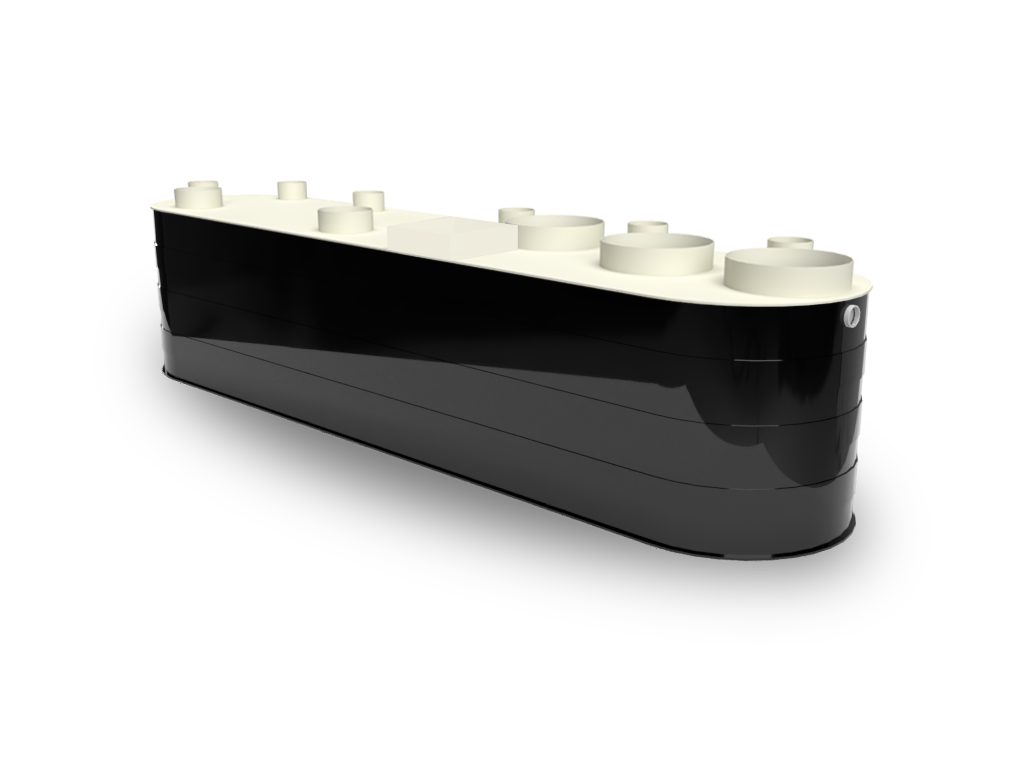
Tricel Maxus Sewage Treatment Plant
Commercial plant. Submerged Aerated Filter (SAF) technology. Ideal for every project over 50 Population Equivalent.
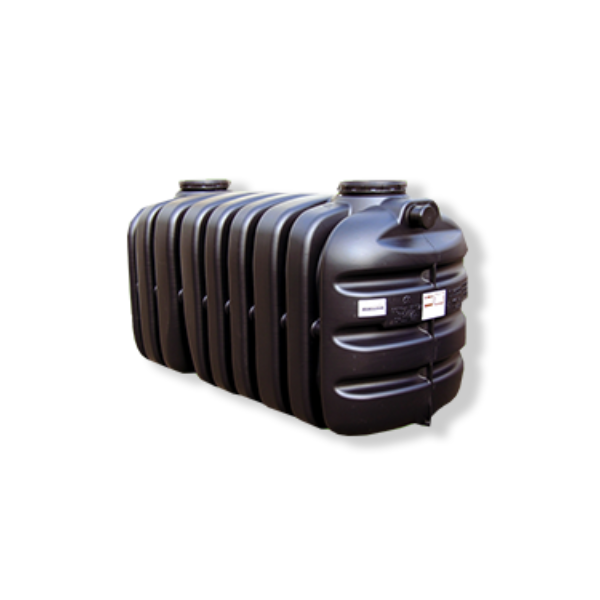
Tricel Vento
Septic Tank
Shallow dig tank, strong & robust underground tank, no electrical or moving parts.
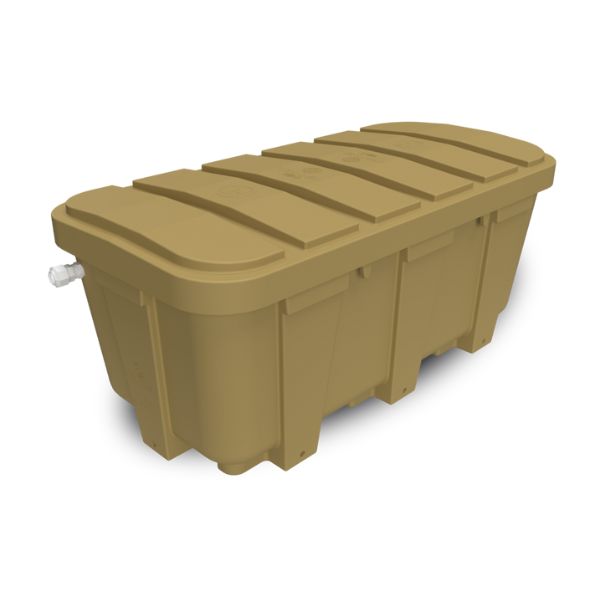
Tricel Tero Tertiary System
Next Generation tertiary wastewater treatment unit with proven E.Coli treatment capabilities.
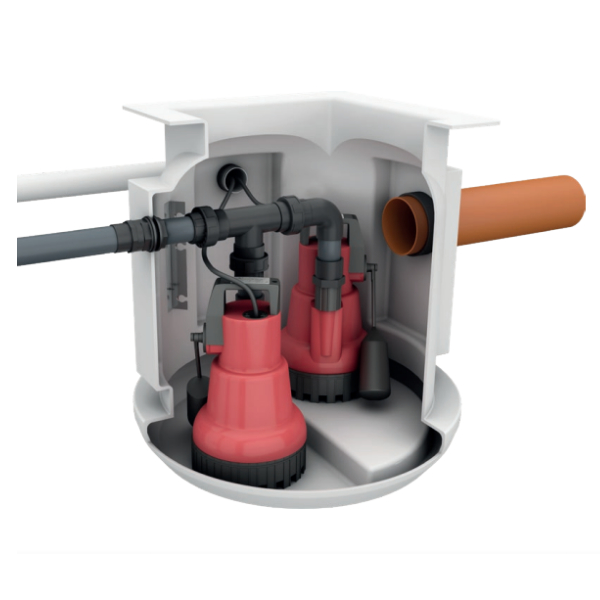
Tricel Pumping
Stations
Pump fluids from one place to another where gravity drainage cannot be used, easy and trouble-free installation.
Key Features

Fast Delivery
Fast delivery + Rapid response to all our customers

Certified
Tricel Products are certified to EN12566-1 and EN 12566-3 certified
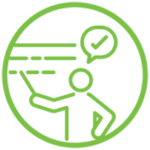
Technical expertise
Unrivalled technical expertise by our sales team regarding wastewater treatment solutions
Frequently Asked Questions
A cesspool is a simple storage vessel with an inlet and no outlet. It’s a sealed storage vessel; all the water coming in stays within the tank. The advantage is it doesn’t need an outlet. The disadvantages are: there is no treatment, the tanks are huge, and it needs regular emptying. Everything which has gone in must be sucked out. Ideal for sites which have got very infrequent use (Sheppard huts, for example).
A septic tank has an inlet and an outlet; it’s a simple overflow system. See how a septic tank works here. The advantages of the septic tank are there is no mechanic and no electricity requirement for it to work. The disadvantages are you are discharging dirty water, and untreated sewage effluent, as a tiny breakdown has occurred in the tank. You can only release water to a drainage field for the water to go through the subsoil to treat the water.
A sewage or package treatment plant has an inlet and an outlet; the wastewater is treated inside the tank. Aeration is provided inside the tank for the aerobic bacteria to feed on the waste and remove it from the liquid. The advantages are the wastewater is treated and can be discharged to a watercourse.
Many package treatment plants are available on the market:
- Trickles filters
- Rotating Biological Contactors (RBC)
- Mobile media bio-reactors
- Activated Sludge systems
- Sequence Batch Reactor systems (SBR)
- Fixed Bed Systems (like the Tricel Novo)
Domestic wastewater is all wastewater generated inside the house, including grey water from sinks, showers, baths and sewage from toilets. Rainwater is not classified as greywater and should be directed to a soakaway.
A trial hole can be dug during the site assessment and left open for 48 hours to determine this. The ground level is used to measure the water level.
After the water is discharged, it must flow into a drainage field or a running watercourse. It will fail and block up very quickly whenever it is released directly into the ground. It will also violate the government’s General Binding Rules for small sewage discharges—more information on this page.